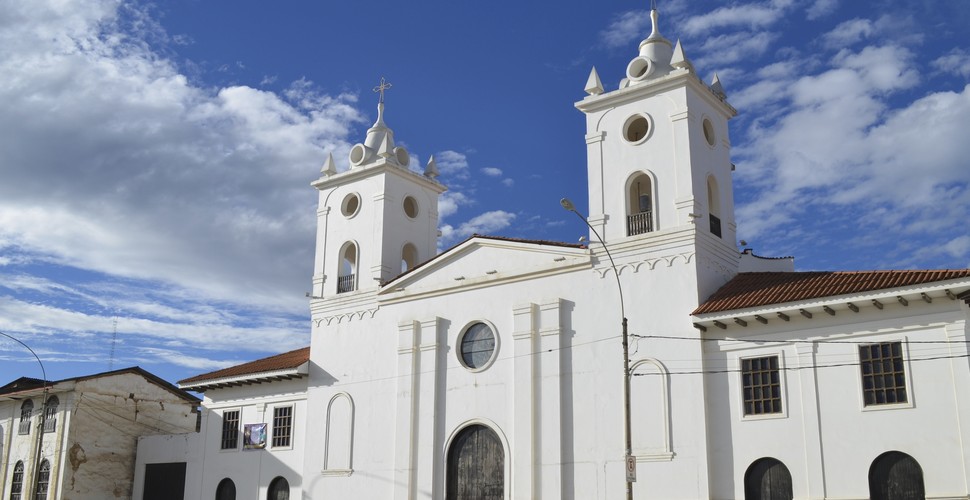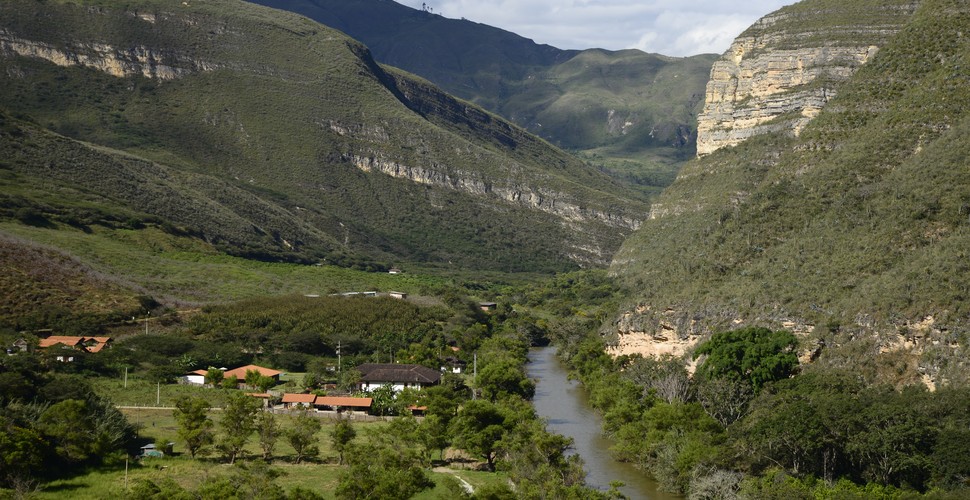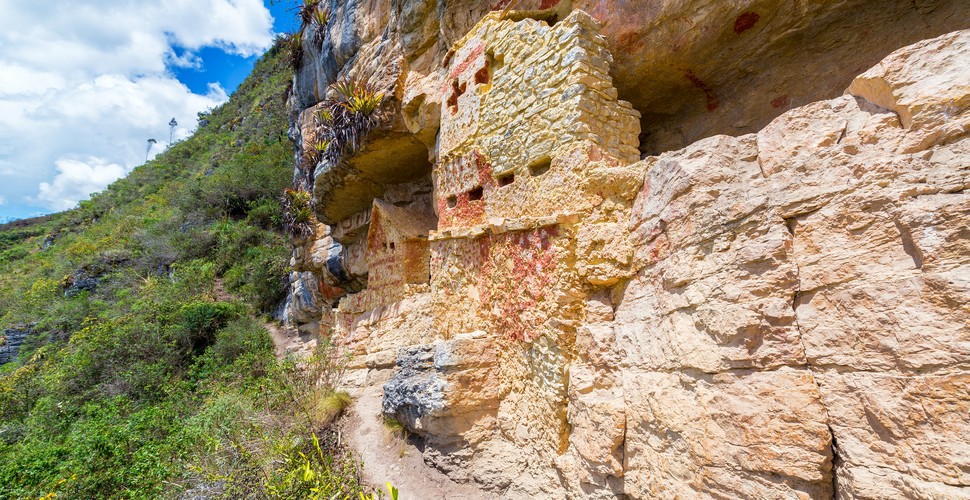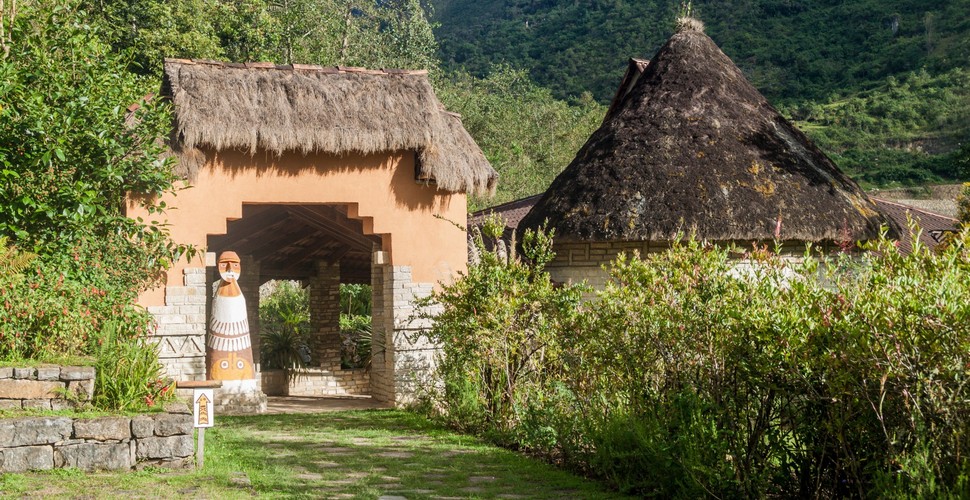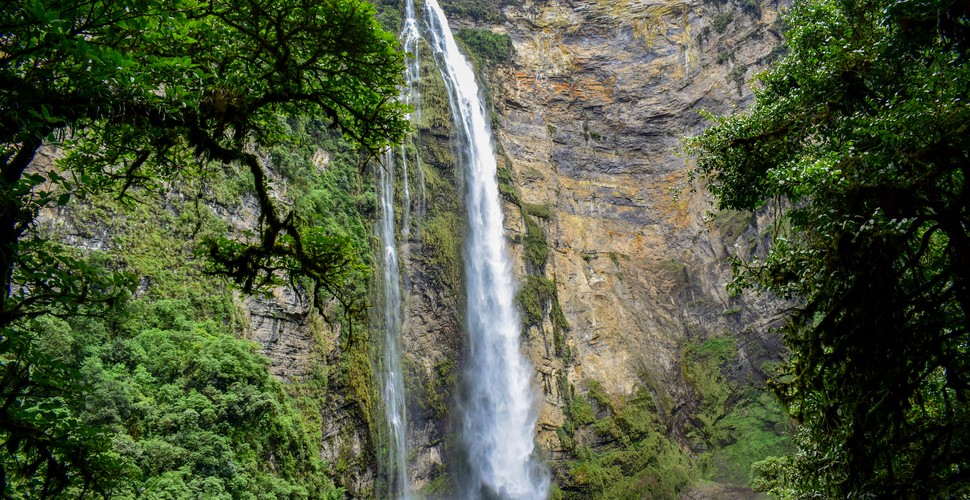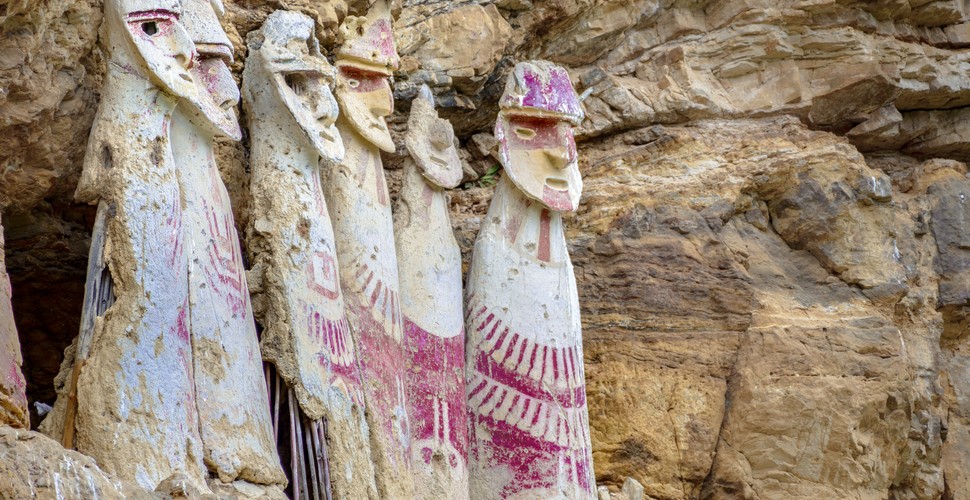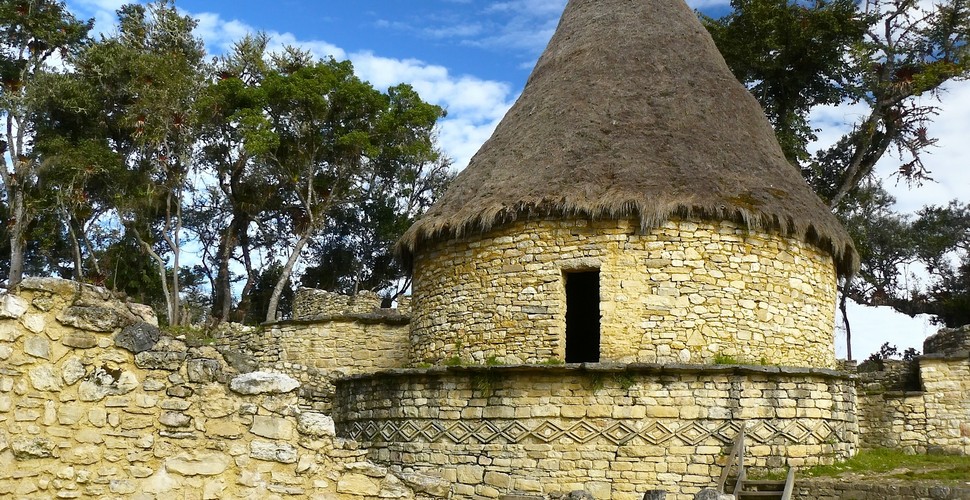
Discover Chachapoyas
Written by:Valencia Travel
Last Update: 2025-01-21
Chachapoyas is the capital of the Amazonas region. It is located at 2 335 m above sea level; an altitude that does not require special acclimation. It is a capital of human size, with about 40 000 inhabitants, a very nice historic center, wooden balconies, a colonial style, and very safe streets. But what are the places to see and things to do in Chachapoyas and its surroundings?
Chachpoyas Cathedral
Utcubamba canyon
The Utcubamba Canyon is a narrow 1,400-meter-high valley where you can enjoy the beauty of the mountains that surround it plus the transparency and richness of the Utcubamba River.
The Utcubamba valley is used for agriculture, especially in the lower Amazon jungle, thanks to its tropical climate and the river’s water to irrigate the crops. Their lands are very favorable for the cultivation of yucca, corn, beans, rice, sugar cane, and other fruit trees. The name “Utcubamba” comes from the local Quechua “Utcu” which means cotton and “Bamba” which means pampa.
Utcubamba Canyon
Revash
At an altitude of 2800 m are located the mausoleums of Revash, which date back more than 1 000 years. They are located in a cave on top of limestone rocks of Cerro carbon. The houses are almost intact, but unfortunately, the mummies that were inside were removed by man or were destroyed by rodents.
Most of the houses in both areas were built side by side. They seem more like inhabited houses than mausoleums. But these are the last houses of the deceased Chachapoya. In fact, this is confirmed by its content, its location in a remote region, difficult to access, and the fact that they stand on the edge of a precipice.
Revash
Leymebamba
Leymebamba is an agricultural town at the end of the Utcubamba Valley. Until 1997, the only source of income for its inhabitants was agriculture. But the discovery of a mausoleum on the cliff of the mountain, in front of the Laguna de Los Cóndores, a 10-hour walk from Leymebamba, has changed its destiny.
The locals helped the archaeologists to remove more than 200 mummies, and they learned a lot about their own Chachapoya culture and the influences of the Inca culture. For many of them, this discovery was a revelation.
The main square of Leymebamba invites you to walk, sit and admire the church of large stones. See the combis that connect Leymebamba with Chachapoyas, drink coffee, or talk to the locals.
Take a look at the craft shops in the square and do not miss lunch at one of their restaurants. The textiles of Leymebamba are a highlight and the women of Leymebamba weave in looms that allow making fabrics of several meters in length.
Leymbamba
Gocta
This is the main attraction of the Amazonas region. Its success has continued to grow since the publication of its height in 2005 by our friend, German explorer Stefan Ziemendorff. Our Indiana Schultz announced the discovery of the third-highest cataract in the world (771 m).
In 2002, the German Stefan Ziemendorff discovered it. Stefan is a researcher and expert in mummies. He has written several articles on the relationship between the mummies of the Chachapoya culture and the paintings of Gauguin or Munch. He was looking for a sarcophagus in the Amazonas region when he saw a waterfall in the distance. Intrigued, he returned in 2006 to go to the foot of the fall. To do so, he went to the village of Cocachimba and asked the inhabitants if they could take him there. But it was difficult to find someone to accompany him because of the legends surrounding the fall. Local residents did not realize they had one of the highest waterfalls in the world, right next to their houses.
Gocta Waterfall
Karajia
How to come to Amazonas and not visit the incredible sites, such as Karajia with its sarcophagi of 2,50m tall? Re-discovered in 1985, we still know very little about these sarcophagi, their realization, the mummies that were inside. Only very high personalities of Chachapoya society had the honor of being buried in this type of sarcophagus. The Chachapoyas buried their important dead always in inaccessible places where they were previously protected from looters. In addition, the sarcophagi are oriented to the east (and therefore to the sunrise) and are always close to the water. The Chachapoya took care to respect its parameters to allow them to be reborn.
Karajia
Kuelap
One of the absolute highlights that often persuade travelers to put Chachapoyas on their travel itinerary is Kuelap. Kuelap is a walled settlement that sits high in the mountains and dates back to the 6th century AD. Kuelap is nowadays considered to be one of the masterpieces built by Chachapoyas culture in the whole region.
The imposing pre-Incan city of Kuelap is one of the attractions of the Chachapoyas region. Built-in the sixth century CE, this site was lost until its rediscovery in 1843, and much of its significance is still unknown today. Kuelap is characterized by massive stone walls up to 20 meters in height and includes several religious structures including the Tintero (‘ink well’), a site of human sacrifice.
Kuelap
Book the Valencia Travel Tour to Discover more about Chachapoyas here!
 Aventure
Aventure
 Cultural
Cultural
 Gastronomy
Gastronomy
 Wellness
Wellness
 Local Living
Local Living
 Luxury
Luxury
